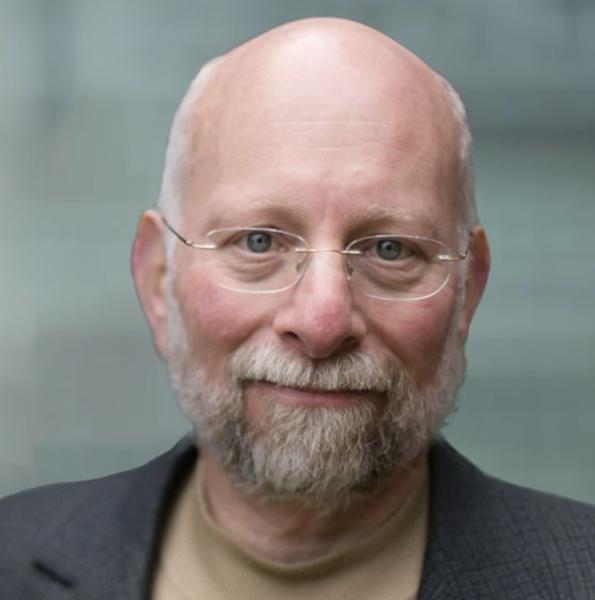
"In my mind, what the DEA [Drug Enforcement Administration] is essentially doing is telling a diabetic who's been on insulin for 20 years that they no longer need insulin and they should be cured. They just don't understand what chronic pain is."
That's what Gretchen Elliott's brother told Vice at his sister's funeral last month. Gretchen and her husband Danny committed suicide because they could no longer endure a pain that doctors were terrified of treating. It was the most recent of the many dreadful outcomes that follow when cops practice medicine.
Danny had chronic, searing pain from an electrocution accident years earlier. For treatment, he and Gretchen, his caretaker, traveled regularly from their home in Georgia to a pain management physician in Beverly Hills, California, to receive pharmaceutical fentanyl. But on November 1, DEA agents suspended the Beverly Hills physician's narcotics prescribing license, having decided that he was inappropriately prescribing painkillers. A week later, Danny and Gretchen killed themselves.
The DEA has not formally charged the physician, David Bockoff, who has been practicing medicine with a spotless record in California for 53 years. He was treating many "pain refugees" like Danny: patients with chronic pain, well-managed with opioids, whose previous physicians had either closed after a DEA visit or abruptly cut off their pain medication fearing the wrath of law enforcement.
Exactly one year before Danny and Gretchen ended their lives, Casonya Richardson-Slone, the widow of Brent Slone, won a wrongful death medical malpractice suit against her late husband's pain clinic. He committed suicide after the clinic abruptly curtailed his pain medication.
In "Cops Practicing Medicine," a new paper for the Cato Institute, Trevor Burrus and I trace the history of law enforcement's intrusion into the patient-doctor relationship, from the war on drugs' earliest days—when Congress passed the Harrison Narcotics Act of 1914—to the present. By 2006, policymakers mistakenly attributed the overdose crisis to doctors "overprescribing" opioids. This formed the basis for an even more gigantic intrusion of federal and state power into the privacy of medical records, into patient-doctor confidentiality, and into the very ways doctors are allowed to use scientific and professional knowledge when practicing medicine.
Today, 38 states have laws on the books that limit the dosage and amount of pain relievers doctors can prescribe to their patients. Many of these laws have cast in stone the Centers for Disease Control and Prevention's now-discredited 2016 Guideline for Prescribing Opioids for Chronic Pain. The guideline came under so much criticism from pharmacologists, clinicians, and academic physicians that the agency revised it this past November. No matter. The flawed 2016 guideline remains the basis of the prescribing laws in most states. Doctors face losing their licenses or, worse, jail time if they violate these laws.
All 50 states maintain Prescription Drug Monitoring Programs to surveil all prescriptions issued and filled within the state. These primarily serve as law enforcement tools. In most states, police drug task forces use them to go on warrantless fishing expeditions, hoping to find a doctor to bust for "inappropriate prescribing" or a patient they can arrest for "doctor shopping." These programs have not reduced the overdose rate. If anything, they have driven non-medical users who cannot obtain diverted prescription pain pills to more dangerous drugs in the black market, causing the overdose rate to increase.
With countless stories in the mainstream press about doctors arrested, sometimes with police bursting into their crowded waiting rooms, or having their licenses suspended for overprescribing prescription opioids—even though there is no legal definition of "overprescribing"—many doctors have been frightened into curtailing their patients' use of pain medicine. It is becoming increasingly difficult for chronic pain sufferers to find doctors courageous enough to help them. Some refuse to see patients for pain altogether and refer them to pain management specialists, many of whom have long waits for appointments. Many doctors have come to view chronic pain patients through a suspicious and stigmatizing lens as drug-seeking addicts.
Some patients, in desperation, seek relief in the dangerous black market. Some exasperated patients threaten their doctors. Tragically, some even murder their doctors. Also tragically, some resort to suicide.
Meanwhile, opioid-related overdose deaths reached a record high in 2021, exceeding 71,000, 89 percent of which involved illicit fentanyl. Despite a dramatic drop in opioid prescribing, deaths have soared.
According to government data, addiction to prescription pain relievers has been relatively stable at under one percent in this century. Chronic pain patients rarely become addicted to opioids. The overdose crisis is a prohibition-induced crisis. Neither the practice of medicine nor the act of self-medication belongs in the realm of the criminal legal system.
# Reprinted with permission. The original article can be read on the Reason Magazine website.



